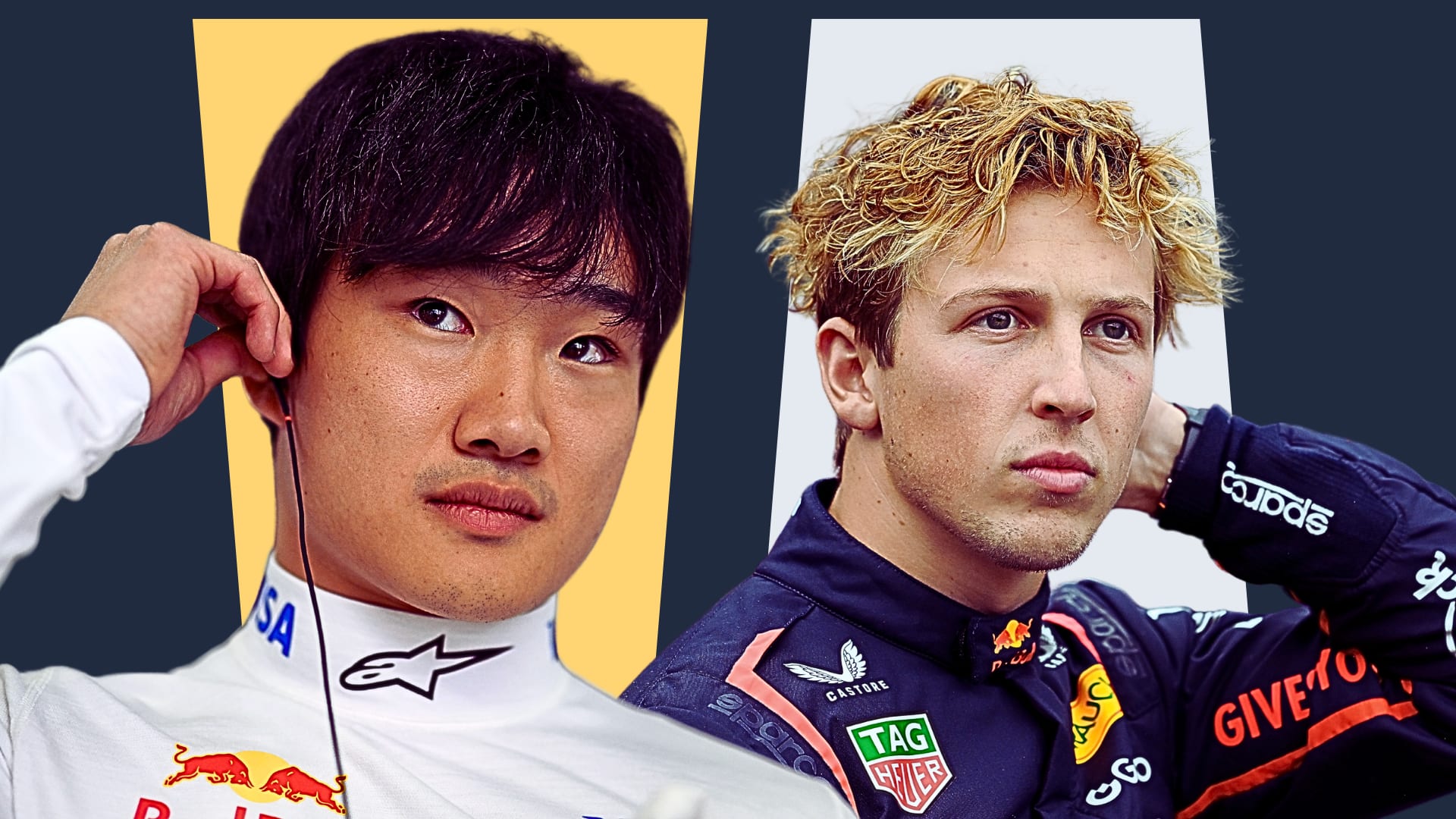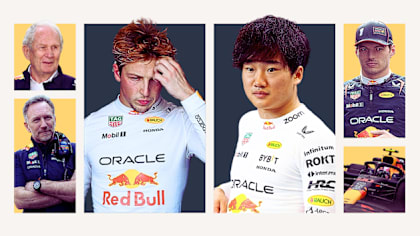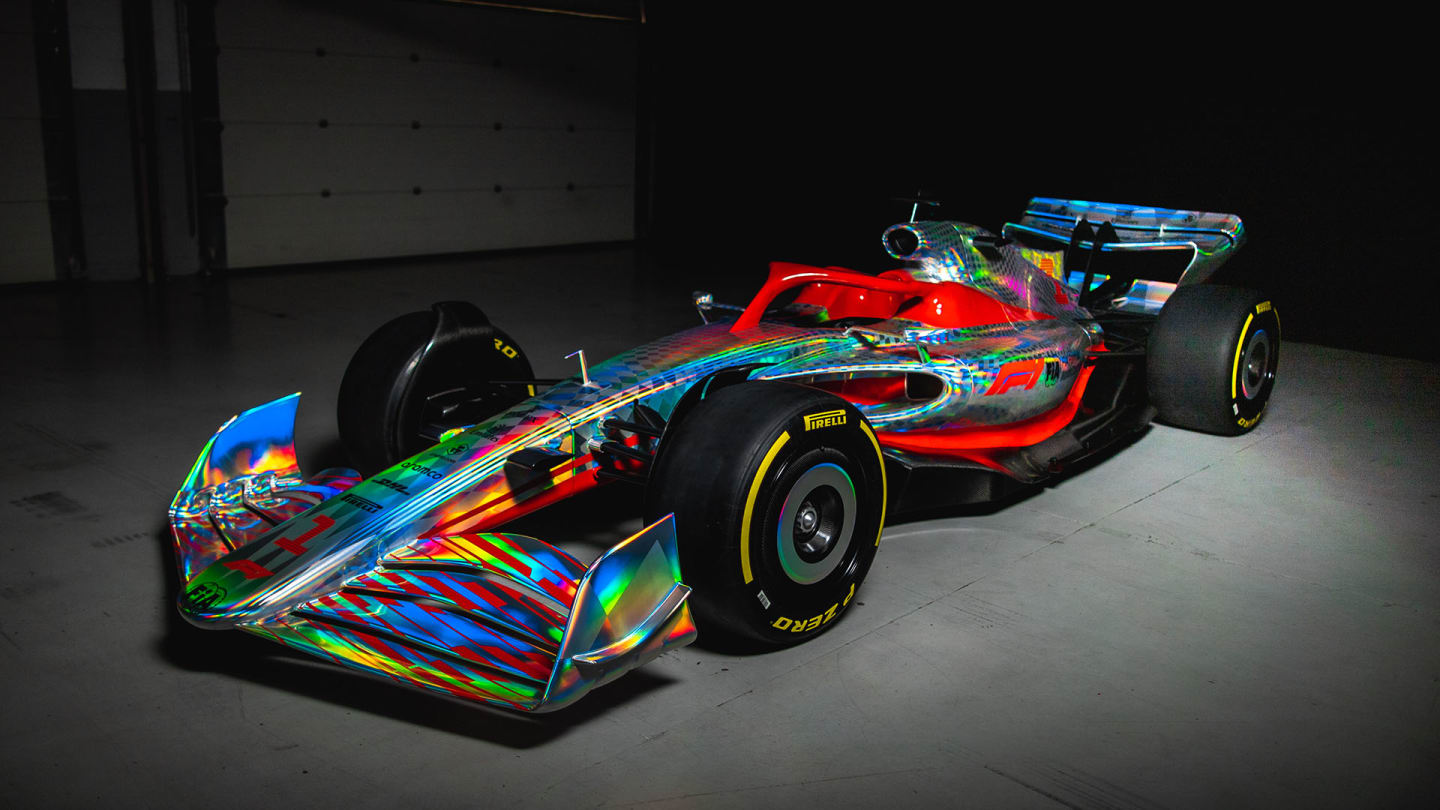
Feature
10 things you need to know about the all-new 2022 F1 car

Share

There’s a revolution coming in Formula 1 in 2022 and it’s shaped… well, much like the car you see in the image above. Here are the 10 key things you need to know about the game-changing 2022 car, a full-scale model of which broke cover at the 2021 British Grand Prix.
1. It’s been designed specifically to promote better racing
The 2022 regulations, originally slated to arrive in 2021 but delayed by Covid-19, had one guiding principle: to allow closer racing – with the potential for more overtakes a happy, but secondary, benefit.
GALLERY: A first look at the life-size 2022 F1 car, after drivers get up close at Silverstone
What’s preventing closer racing currently? The effect of the "catastrophic downforce loss" – to quote an engineer centrally involved with the project – resulting from the ‘dirty air’ being churned chaotically off a leading car currently.
To put some numbers on it, research shows that current F1 machines lose 35% of their downforce when running three car lengths behind a leading car (approximately 20 metres, measured from the lead car’s nose to the following car’s nose), while closing up to one car length (around 10 metres) results in a 47% loss.
The 2022 car, developed by Formula 1's in-house Motorsports team in collaboration with the FIA, and putting a heavy onus on the aerodynamic phenomenon known as ‘ground effect’ (more on which later…), reduces those figures to 4% at 20 metres, rising to just 18% at 10 metres.
Loss of downforce compared between 2021 and new 2022 car
2. The car will feature over-wheel winglets for the first time – and wheel covers are back!
Two of the striking features on the 2022 car are its over-wheel winglets and a return to a feature last seen in F1 in 2009 – wheel covers.
The inclusion of the latter is simple: sending airflow through the wheels might be an enormously potent way for teams to increase their downforce, but it also adds to that chaotic aerodynamic wake coming off the cars.
READ MORE: A new era begins – Watch as the full-size 2022 F1 car is unveiled for the first time
Although there have been changes to the 2022 regulations to limit what teams can do around the tyres aerodynamically, F1’s Motorsports team wanted to take a belt-and-braces approach by adding a physical seal to prevent engineers intentionally directing disruptive airflow out through the wheels.
As for the over-wheel winglets, their job is to help control the wake coming off the front tyres and direct it away from the rear wing. That’s been a role traditionally performed by vortices from the front wing – but in a way that makes them hugely sensitive when running in following car conditions. The winglets will achieve the same thing, but in a way that is more aerodynamically resilient in close racing.
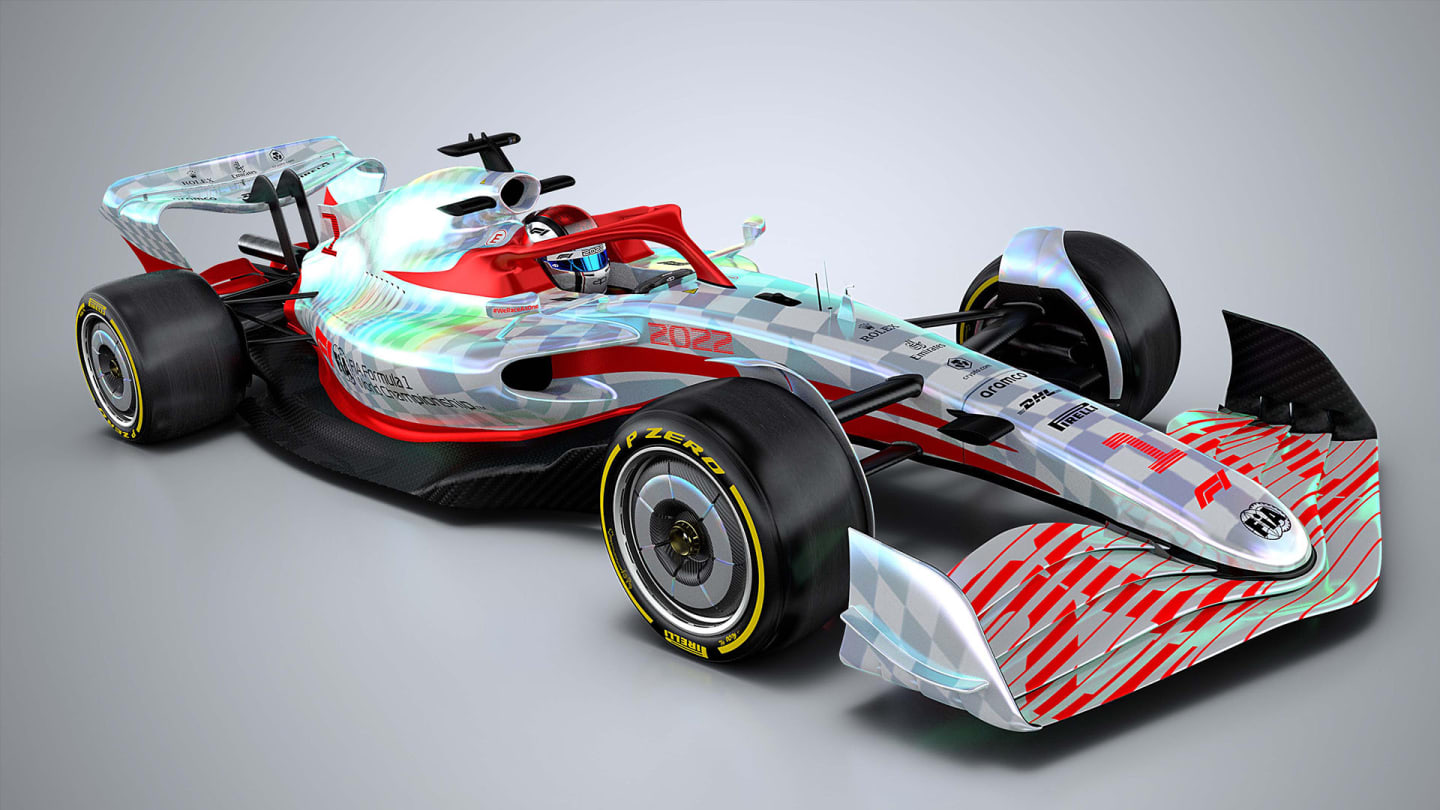
Over-wheel winglets and wheel covers are two key features on the 2022 car
3. The car will feature 18-inch low-profile tyres for the first time
F1 fans will have recently seen lots of footage of teams testing Pirelli’s bigger 18-inch tyres in readiness for next year.
The new Pirelli compounds and constructions for these 18-inch tyres have been designed with the goal of reducing the amount the tyres overheat when they slide – a primary aspect that should help with closer racing.
READ MORE: Hamilton tries out 18-inch tyres at Imola
The lower profile tyres also have the added benefit of reducing the sidewall deflection changes and the resulting aerodynamic wake effect that occurs. The teams spend a lot of effort on simulating the airflow regimes around the tyre shapes and interactions with the car bodywork. Reducing the sensitivity in this area will be a benefit in both the car design process and resource required – something that's particularly important in the era of the cost cap.
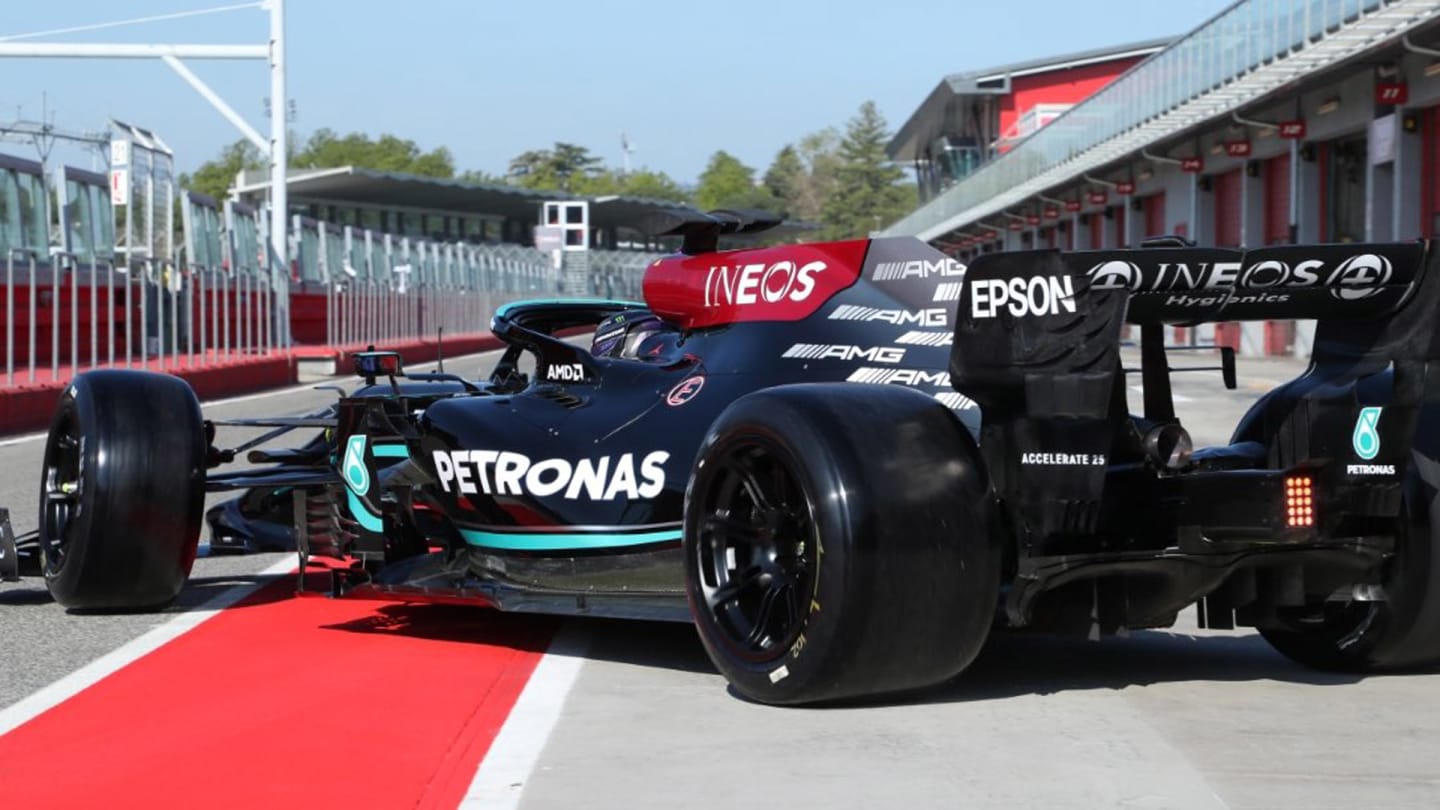
Lewis Hamilton testing the new 18-inch Pirellis
4. The front wing and nose concept have been completely re-thought
Although front wings have been getting progressively simpler in recent seasons, the 2022 F1 car will feature a totally new front wing shape.
Keeping with the philosophy of the 2022 car, the new front wing’s job is to both generate consistent downforce when running closely behind another car, and ensure that the front wheel wake is well controlled and directed down the car in the least disruptive way.
READ MORE: 10 ways the 2022 rules will improve F1
That means not sending the wake dramatically outboard, as is done on the current cars, nor letting it spill under the floor and get ingested by the diffuser, but instead steering it narrowly down the side of the car as much as possible. Or as one engineer on the project put it, the 2022 car’s front wing is designed simply to be an "anti-outwash" front wing.
FUN FACT: F1’s Motorsports team did initially carry out investigations into running the 2022 car without a front wing at all, before deciding against it.
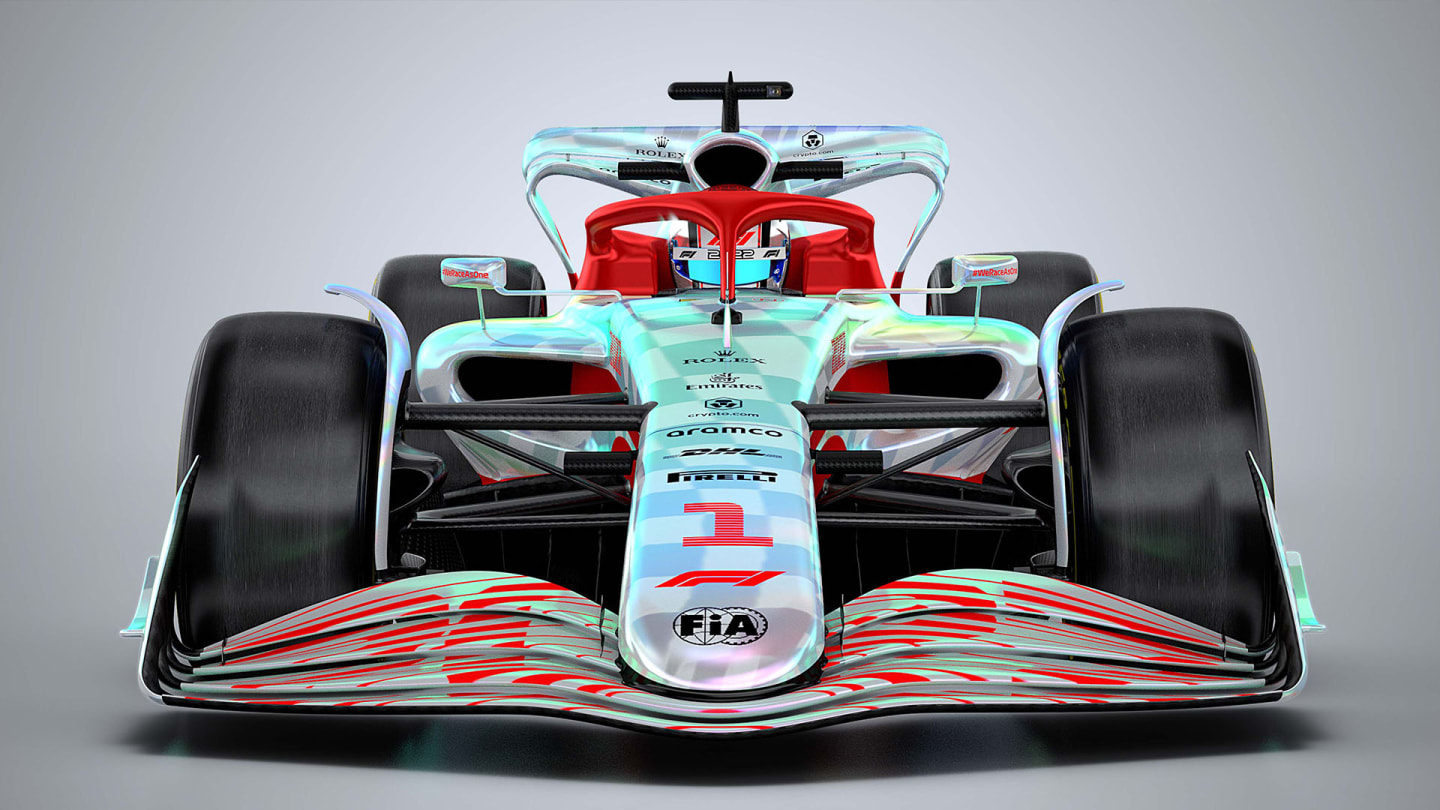
The front wing is designed to prevent outwash
5. An aero feature from the 70s is back! (sort of)
F1’s Motorsports team began work on the 2022 car back in 2017 – and it soon became apparent that the key change required to ensure closer racing would be placing the aerodynamic emphasis on ground effect to create downforce.
Ground effect came to prominence in F1 in the late 1970s, with cars effectively designed in the shape of upside-down airplane wings, creating huge amounts of downforce as they were pushed into the track.
WATCH: How the 2022 F1 car was developed
Full ground effect cars were subsequently outlawed at the end of 1982 – and the 2022 car is certainly not a return to that era (there are no side skirts for a start!). But the 2022 car does feature fully shaped underfloor tunnels, rather than the stepped floor used currently, which will allow teams to generate large amounts of efficient downforce through ground effect (the current floors also exploit ground effect, but not to the same extent).
The reason for the change is the benign quality of downforce generated in ground effect. Current cars’ barge boards and other bits of aerodynamic furniture are designed to send vortices under the floor to increase downforce. But when those vortices stop working – due, for example, to the influence of closely following another car – the performance drop-off is huge.
With the 2022 car, however, the underfloor downforce is better preserved within the tunnels, without the reliance on arrays of wake-sensitive, vortex-generating geometries – ergo better following, ergo closer racing!
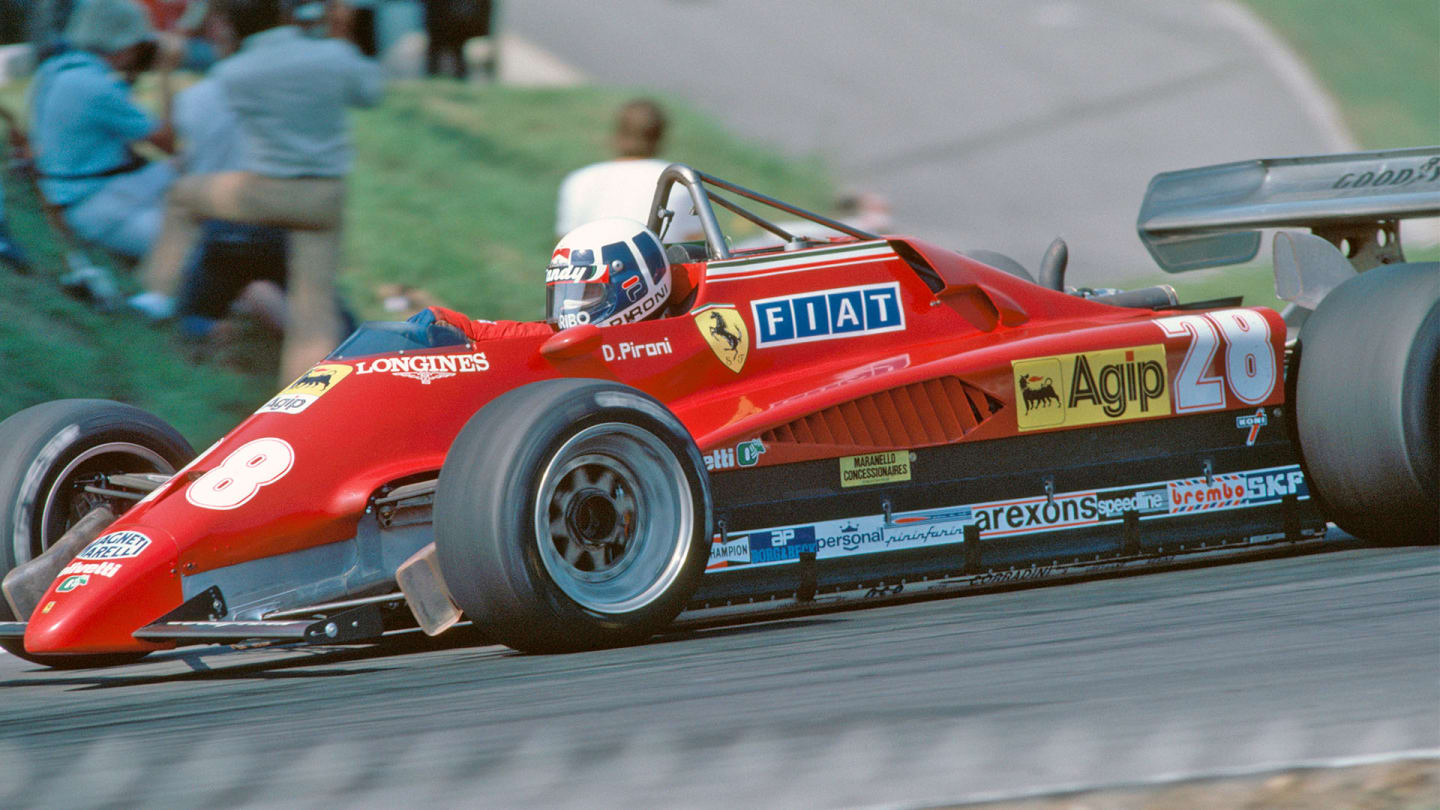
The 2022 car isn't a return to the ground effect era of the late 1970s and early 1980s
6. The rear wing features new ‘rolled tips’
That rather beautiful, art deco-looking rear wing on the 2022 car (an automotive stylist contributed to aspects of the 2022 car’s overall look, incidentally) actually has an important function – and it’s to do with mushrooms. Let us explain…
While current cars’ rear wings direct airflow upwards, they are also designed to send flow outwards, leaving the ‘dirty air’ sitting there for the following car to drive through. By contrast, the shape and position of the 2022 car’s rear wing creates a rotational airflow that collects the rear wheel wake and rolls it into the flow exiting the diffuser – forming an invisible ‘mushroom’-shaped wake.
This narrower wake is then thrown – thanks also to a steeper diffuser ramp – high up into the air, allowing a following car to drive through less disrupted ‘clean air’.
DRS remains on the rear wing, meanwhile, with the Motorsports team keen to study its effect in conjunction with the rule changes.
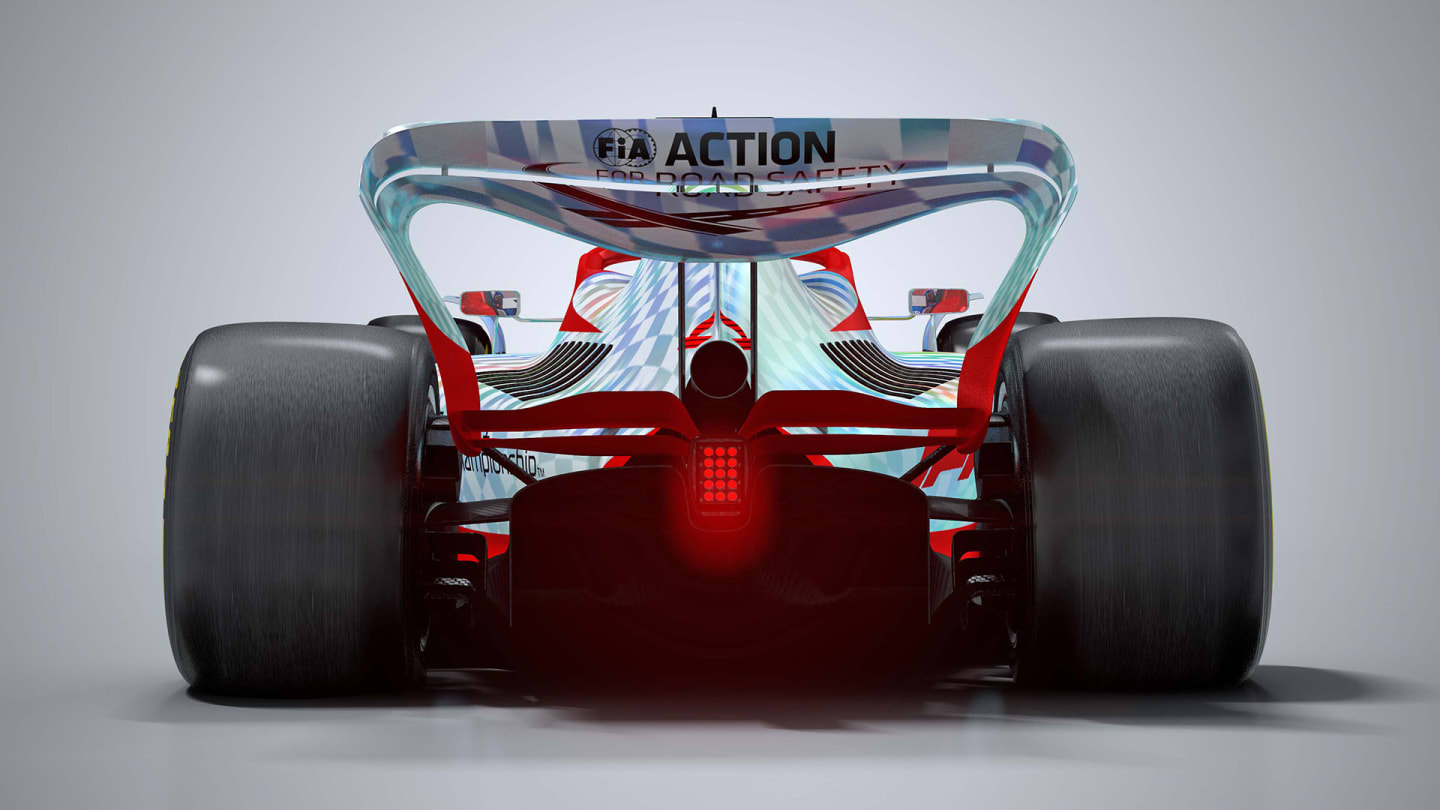
7. It will use the same power unit as 2021
Many, many things are new on the 2022 car – but the power unit is not one of them, with Formula 1 set to retain the current 1.6-litre turbo-hybrid units. This is no bad thing, given that they’re already the most advanced and most efficient engines on the planet.
There will, however, be some more standard components in the fuel system, as well as some additional sensors to allow the FIA to better monitor the power units.
The big change is actually what will be coursing through those 1.6-litre engines, namely…
8. Cars will run on more sustainable fuel
Current regulations see cars running on fuel containing 5.75% bio-components.
And while F1 is still working hard to introduce fully sustainable fuel in the near-future, 2022 will see the bio-component ratio rise to 10%. That will be achieved through a move to ‘E10 fuel’ – ‘E’ standing for ethanol, while ‘10’ refers to its percentage in the mixture.
Crucially, though, that ethanol must be a second generation biofuel made in a sustainable way, meaning it will have a near-zero carbon footprint – an “interim step”, in the words of Formula 1’s Chief Technical Officer Pat Symonds, which will also help the sport align with current road car fuel regulations.
READ MORE: How Formula 1 will lead the charge to use biofuels
)
The 2022 cars will run on E10 fuel
9. Safety has been at the forefront of the design
It almost goes without saying that a new generation of Formula 1 cars comes with the opportunity to make the sport even safer – and that’s certainly the case with the 2022 car.
The chassis now need to absorb 48% and 15% more energy respectively in the front and rear impact tests, as well as greater forces in the static ‘squeeze’ tests required to homologate the chassis and certify their strength.
Lessons have been learned, too, from recent major crashes, including that of Romain Grosjean at the 2020 Bahrain Grand Prix – with the cars now designed in such a way that, in the event of a crash, the power unit will separate from the chassis in a safe manner without exposing the fuel tank.
DAVID TREMAYNE: Grosjean’s shocking accident will only spur efforts for even greater F1 safety
Meanwhile, learnings from the FIA’s investigation into Formula 2 racer Anthoine Hubert’s fatal accident at Spa in 2019 were also incorporated, principally a longer nose section to help dissipate energy in a crash, together with stronger chassis sides to resist T-bone incidents.
It’s also true that those safety improvements, as well as the heavier and more robust tyres, have seen a weight increase, with the minimum car weight having risen by around 5% from 752kg currently to 790kg.
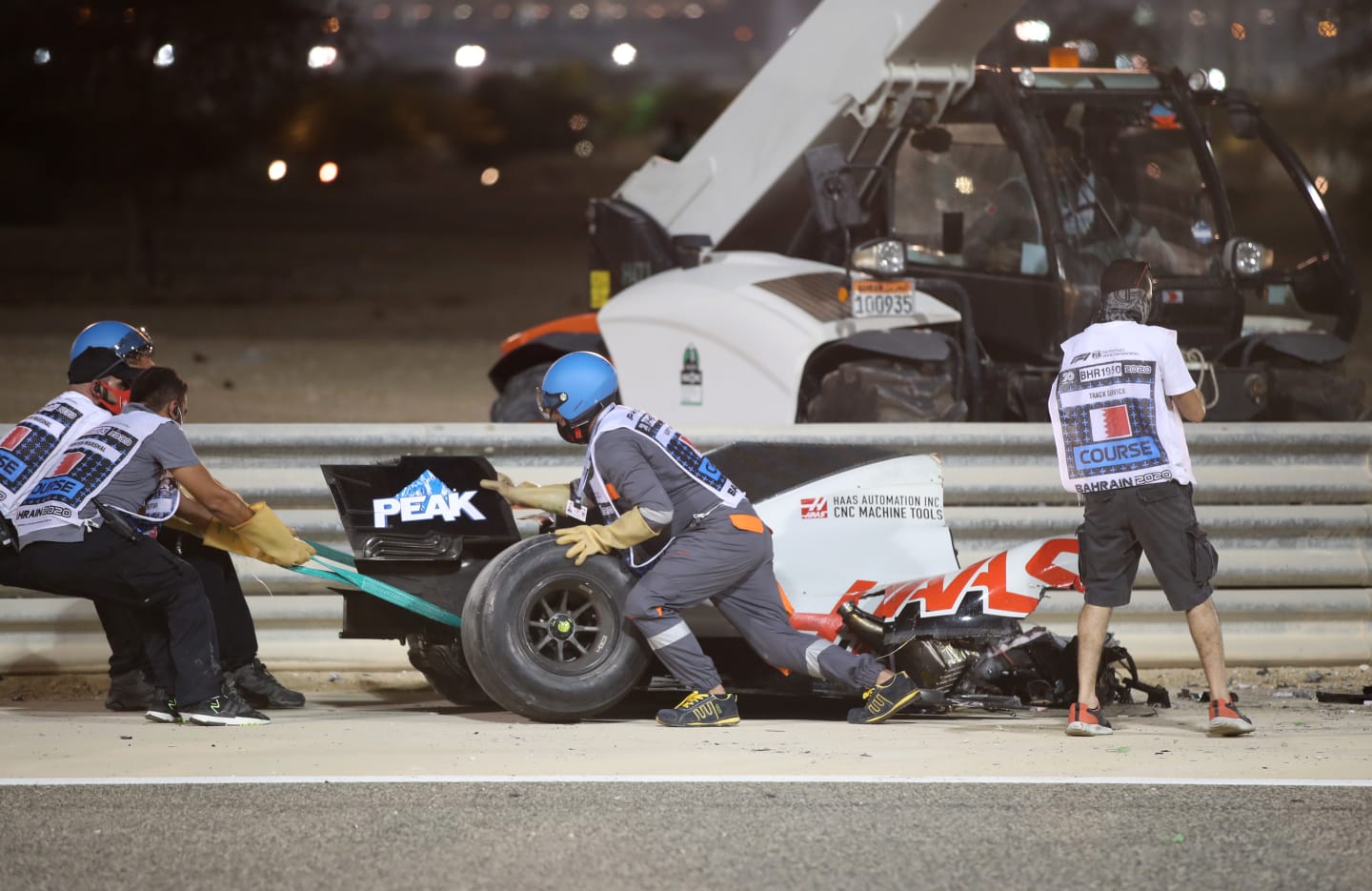
Lessons from Romain Grosjean's 2020 Bahrain Grand Prix crash were incorporated into the 2022 car
10. The 2022 car has been put through over 7,500 simulations to get to this point
F1 is nothing if not a thorough sport – and as you can imagine, creating the 2022 car has not been a ‘finger in the air’ exercise.
Instead, F1’s Motorsports team have run approximately 7,500 simulations, creating around half a petabyte of data. That’s the equivalent of a third of the 10 billion photos on Facebook, or 10 million four-drawer filing cabinets full of text documents.
READ MORE: Alfa Romeo can be 'one of the surprise packages' of 2022 says Vasseur
Those 7,500 simulations also took 16.5 million core hours to solve, meaning if they’d been done on a high-spec Intel i9 quad core laptop, it would have taken until the year 2492 – 471 years from now – to get the solutions.
EXPLAINED: How the 2021 F1 car was developed
The 2022 car was also developed in exclusive sessions in Sauber’s wind tunnel in Switzerland, with 138 ‘baseline configurations’ experimented with over two years, with around 100 ‘wind on’ hours.
READ MORE: For more news, features and technical insight on the 2022 car, click here
Meanwhile, the teams have also been granted regulatory freedom to test the current 2022 car iteration – or the ‘UNIFORM’ baseline as it’s known internally, given that it’s the 21st significant update – for methodology development in their wind tunnels and CFD (provided they don’t alter the shape), with the feedback from the teams having been a crucial part of the design and development process.
And there you have it – the 10 key things you need to know about the 2022 car.
F1’s Motorsports team are confident that they’ve come up with a set of regulations that can achieve their objective of closer racing, while not being so prescriptive that they prevent creativity.
Now we just have to wait and see what the teams come up with in time for pre-season testing 2022...
Everything you need to know about the 2022 F1 car
Share
YOU MIGHT ALSO LIKE
News ‘It’s tough’ – Lawson shares first message after Red Bull seat swap with emotional social media post
FeatureF1 Unlocked Crypto.com Overtake of the Month – Vote for Your Favourite Move Now!
Feature ANALYSIS: Why Red Bull decided swift action was needed as Tsunoda is promoted in place of Lawson
OpinionF1 Unlocked HINCHCLIFFE: Mercedes took a huge gamble on 18-year-old rookie Antonelli – but he already looks like the real deal
